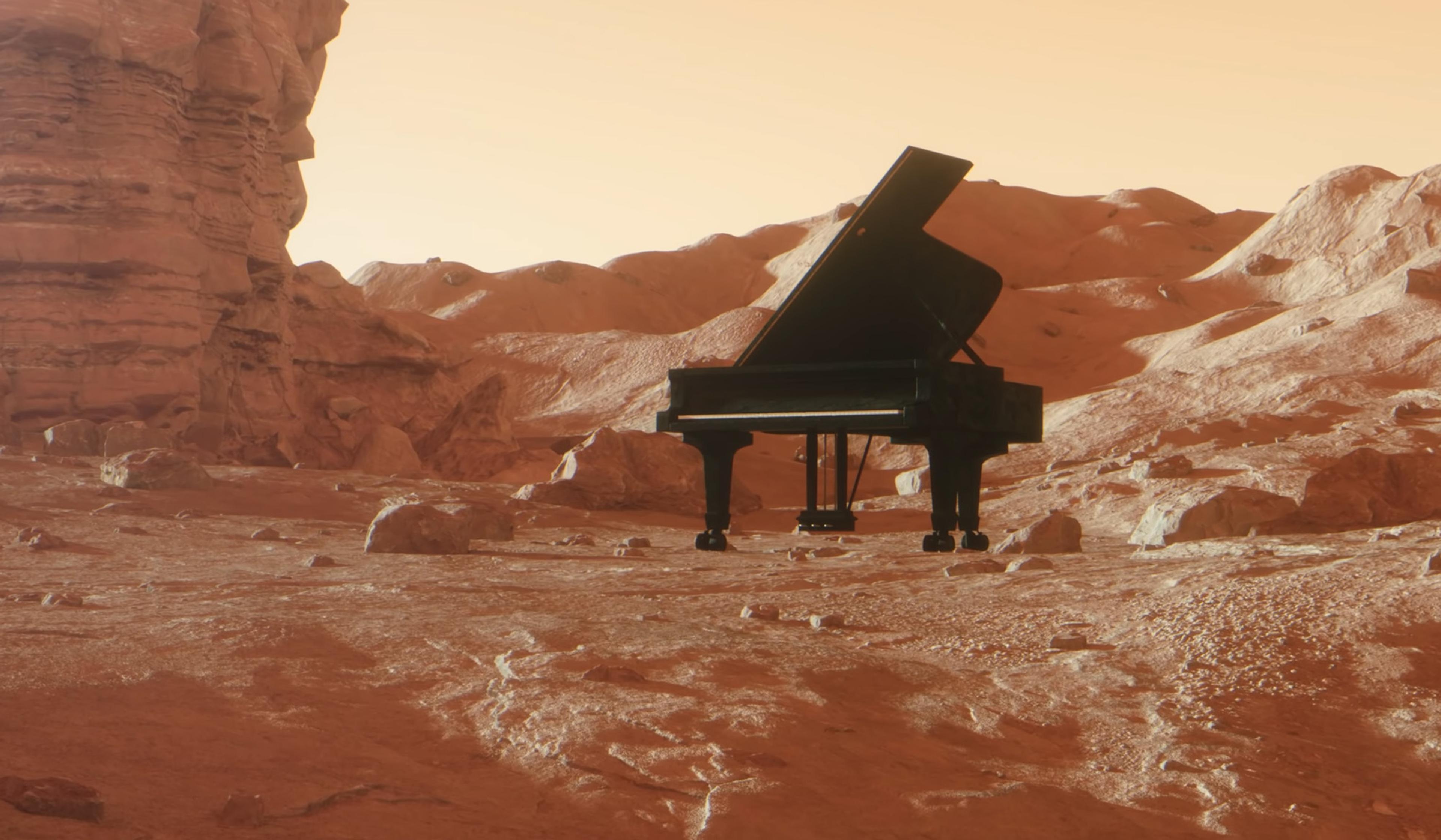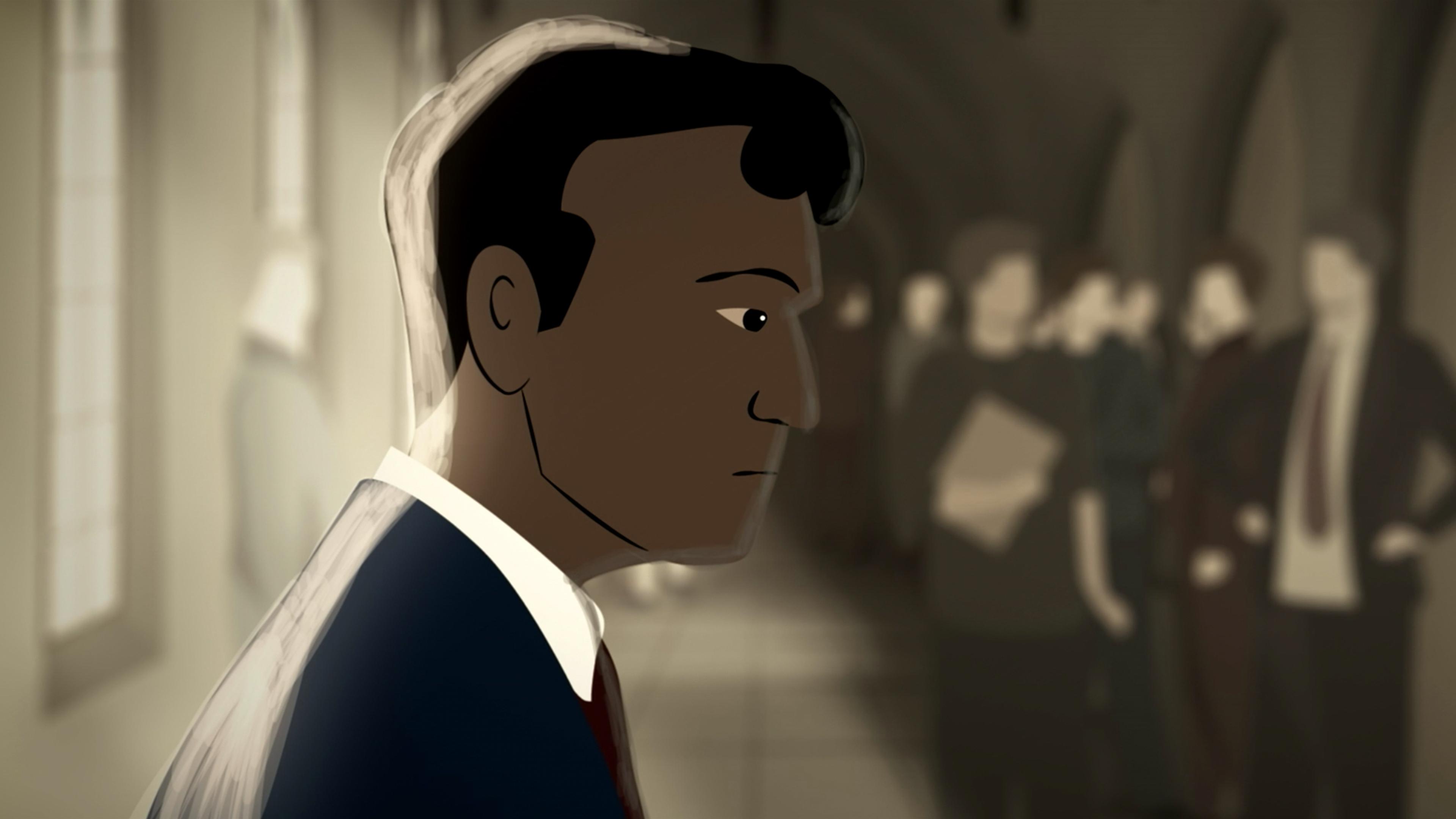In 1916, shortly after publishing his theory of general relativity, Albert Einstein predicted the existence of gravitational waves – warps in space time caused by accelerating matter that ripple outward at the speed of light. However, he believed these ripples would be so slight as to be undetectable, before eventually abandoning the concept altogether. But following decades of scientific developments suggesting their existence, as well as technological innovations making their detection possible, in 2015 a team of researchers at the Massachusetts Institute of Technology (MIT) and the California Institute of Technology recorded humanity’s first direct observation of the phenomena.
Created by the US filmmakers Sarah Klein and Tom Mason in collaboration with the MIT School of Science, this documentary tracks how the US physicist Rai Weiss, now professor emeritus at MIT, stood on the shoulders of his fields’ biggest giant to prove the existence of gravitational waves, a century after Einstein had predicted them. Relaying an inspiring story of imagination, ingenuity and dedication giving rise to a monumental breakthrough, the documentary reflects on how scientific ideas travel – often circuitously – across generations.








